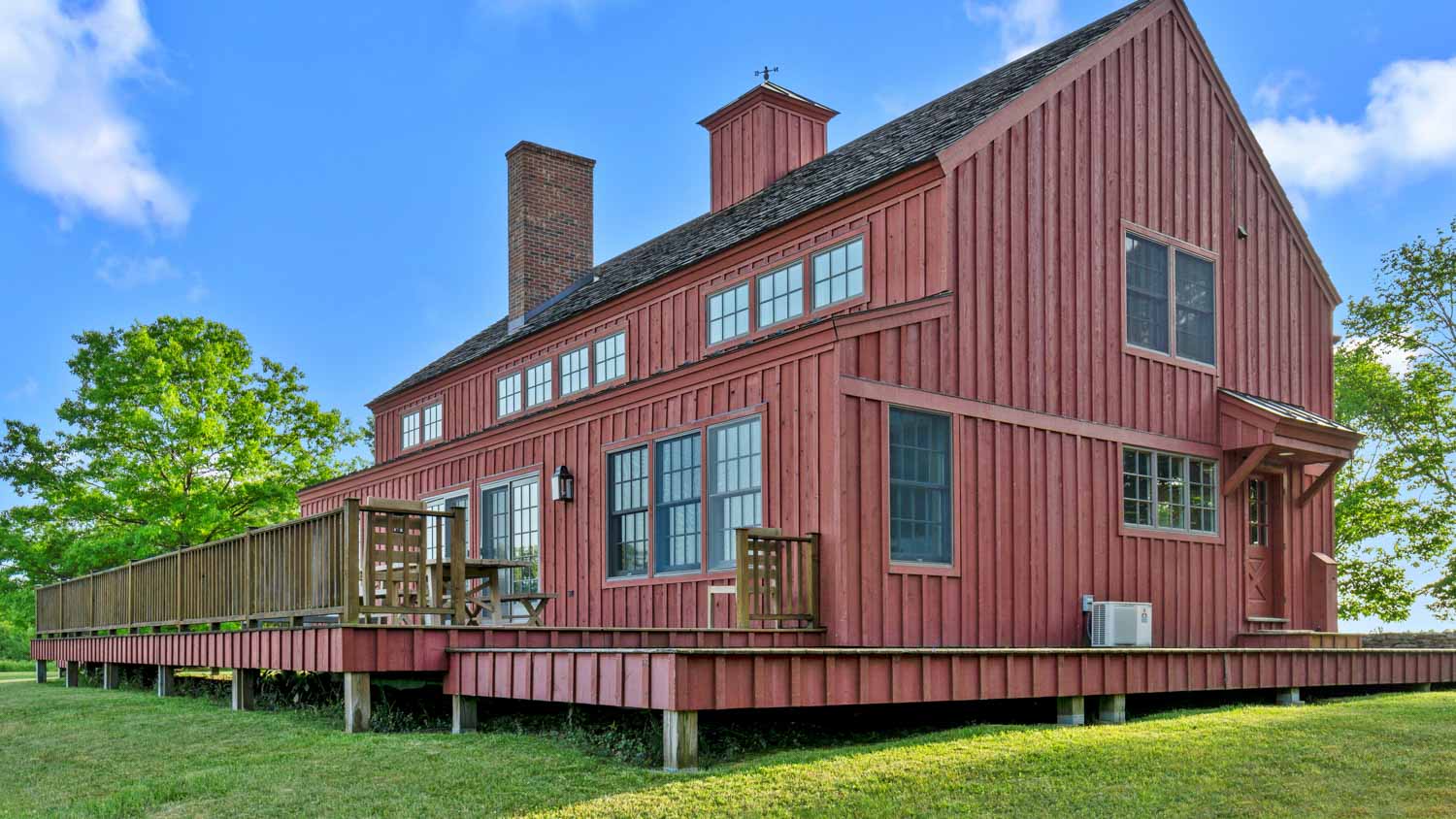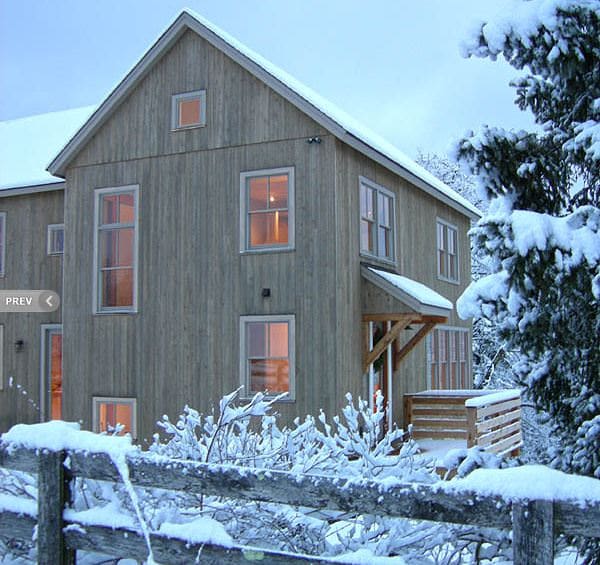Choosing the right siding for your new timber frame home is like choosing the right outfit. It’s one of the final steps in getting your home ready to show off to the neighbors. You’ve spent a long time, maybe even years, working on the floor plan and shape of your new home and you want it to look good in its final form. The right siding is key. We’ve outlined a few different siding options here, along with their costs, benefits and styles they typically work well with.
Vertical Siding Choices
Board and Batten
Board and Batten siding is a classic choice for barn homes. It consists of vertical boards with a slim board called a batten covering the seams. It’s a traditional choice that’s been used for hundreds of years. Depending on the wood species and finish you choose, it can be relatively low maintenance, requiring a freshening of the finish every 10 years or so.
Shiplap Siding
Barn style home designed and built by Erich Diller of Evolve Design Group
Shiplap siding is very similar to board and batten siding in that it consists of repeated interlocking boards. The main difference is that shiplap siding has no battens to cover the seams. Shiplap is also a traditional choice for a barn style home, with similar maintenance and cost to board and batten.
Horizontal Siding Choices
HardiePlank®
This siding option is an amazing combination of low maintenance and durability, with classic aesthetics all at a reasonable cost. This siding choice is made to mimic the look of wood siding, but it has the distinct advantage of being extremely robust and impervious to rot. HardiePlank® is in fact made from cement fibers and wood fibers, which are molded into the shape of wooden boards. The HardiePlank® can even be made to carry a distinctive wood grain texture.
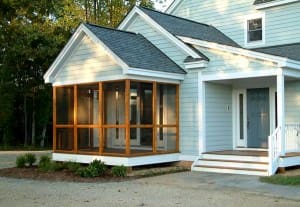
Timberpeg home built by Independent Representative Smith & Robertson, Inc.
Cedar Clapboards
Clapboard siding got its name from the Dutch klappen, meaning “to split”. Clapboards are a very traditional choice, particularly for homes in New England. It was the original siding option for old, saltbox style homes of the colonial period. Red cedar has become one of the preferred choices for clapboard siding due to the weather resistant nature of the wood. As with all wood products though, it requires regular maintenance to protect it from the weather. Left untreated, red cedar will become a buckskin color over time, which many people find to be a handsome look for a home. It can also be painted or finished with a colored stain, as can be seen in the home featured to the left.
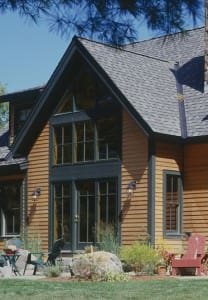
Timberpeg home built by Independent Representative, John Waite of Bondville Construction
Cedar Shingles
Ever a popular look with coastal homes, craftsman style homes and of course, shingle style homes, the cedar shingle is a very classic choice. Cedar shingles are available unfinished, dipped with transparent stains, and finished with solid stains or bleaching oils to promote natural weathering. The siding featured to the right shows a stained white cedar while the home below features red cedar.
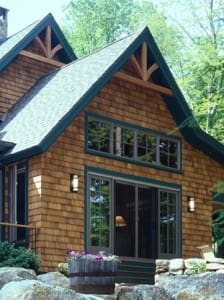
Timberpeg Home Built by Independent Representative Old Hampshire Designs
White cedar shingles, especially near the coast, will naturally weather and become a silvery grey and can last nearly 50 years or more. Red cedar can last for over 100 but requires regular maintenance, like most other siding options.

Timberpeg home built in Montauk, NY
Of course, there are some nontraditional choices as well when it comes to siding options for your timber frame home. There’s stucco and stone or brick and mortar. Depending on your region and your timber frame home style, there is an almost limitless number of options. If you’d like to discuss siding options, please don’t hesitate to contact Timberpeg.
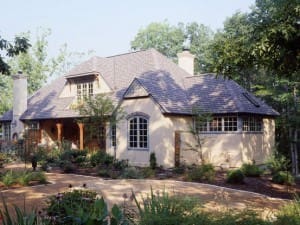
Timberpeg Home built by Independent Representative Smith & Robertson, Inc.

